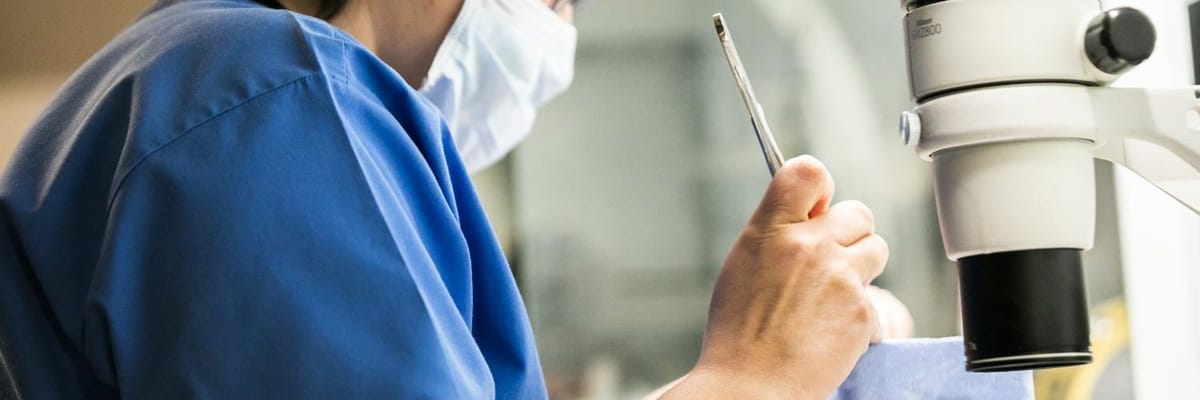
- The use of nitrogen slush at -210ºC for embryo vitrification could improve embryo survival rate when compared to conventional liquid nitrogen at -196ºC
- Non-invasive pre-implantation genetic testing for aneuploidy become a starting point for improving results in terms of their reliability as a useful diagnostic tool.
VALENCIA, OCTOBER 22th, 2020
The American Society for Reproductive Medicine (ASRM) 76th Scientific Congress and Expo is underway. It is one of the most important Assisted Reproduction conferences worldwide, where researchers and specialists in the reproductive field gather to share the latest advances in Reproductive Medicine with their colleagues, laying out the future of a specialty that helps so many dreams come true.
On this occasion, and given the global health situation, the meeting will take place online, between October 17th and October 21st. In this forum, IVIRMA presents 74 studies with important achievements in the field in regards to safety and efficacy: “Every year, we share our most exciting findings at the ASRM meeting. These findings result from our commitment to scientific discovery. We are aware that this work will set the path to increase treatment success rates, while we continue to prioritize the safety of our patients. We aim to provide them a reason not only to be hopeful, but also to be confident that they will fulfil their dream of becoming parents”, says Dr. Emre Seli, Chief Scientific Officer at IVIRMA.
Assisted reproduction and safety
Safety has become, now more than ever, a cornerstone for IVIRMA and its clinicians. Thus, this year, many IVIRMA research projects focused on safety and accuracy, with the goal of offering the highest assurances to women and couples who entrust them with their greatest wish.
“One of our studies presented at this year’s ASRM Congress shows how the use of nitrogen slush at -210ºC for embryo vitrification could increase their survival rate. Our researchers have observed that cryopreservation of blastocysts in slush nitrogen allows for improved survival after thawing, owing to the reduction in toxicity associated with vitrification, when compared to conventional liquid nitrogen at -196ºC, which is currently used to preserve gametes and embryos. This offers promise for improved efficiency in cryopreserving embryos for future use and for optimization of in vitro fertilization results”, Dr. Seli explains.
Improving preimplantation genetic testing
In addition, two large studies from IVIRMA studied the accuracy of preimplantation genetic testing: one using trophectoderm biopsy and the other one, a non-invasive approach, by analyzing embryo culture medium.
“It is important to highlight our studies regarding the verification of the information from genomic testing. Currently, preimplantational genetic testing for aneuploidy (PGT-A) is performed by analyzing trophectoderm biopsies. Here we report the validation of a PGT-A platform that we developed, which provides a 100% high accuracy in predicting embryos that will not result in a live birth.”
Our challenge
“In addition, we analyzed the reliability of a non-invasive preimplantational genetic testing for aneuploidy (niPGT-A) platform. Unfortunately, at this time, niPGT-A seems to lack the sufficient precision to be a useful diagnostic tool. Our challenge? To continue to work to fine tune the results of this type of techniques”, Dr. Seli concludes.
